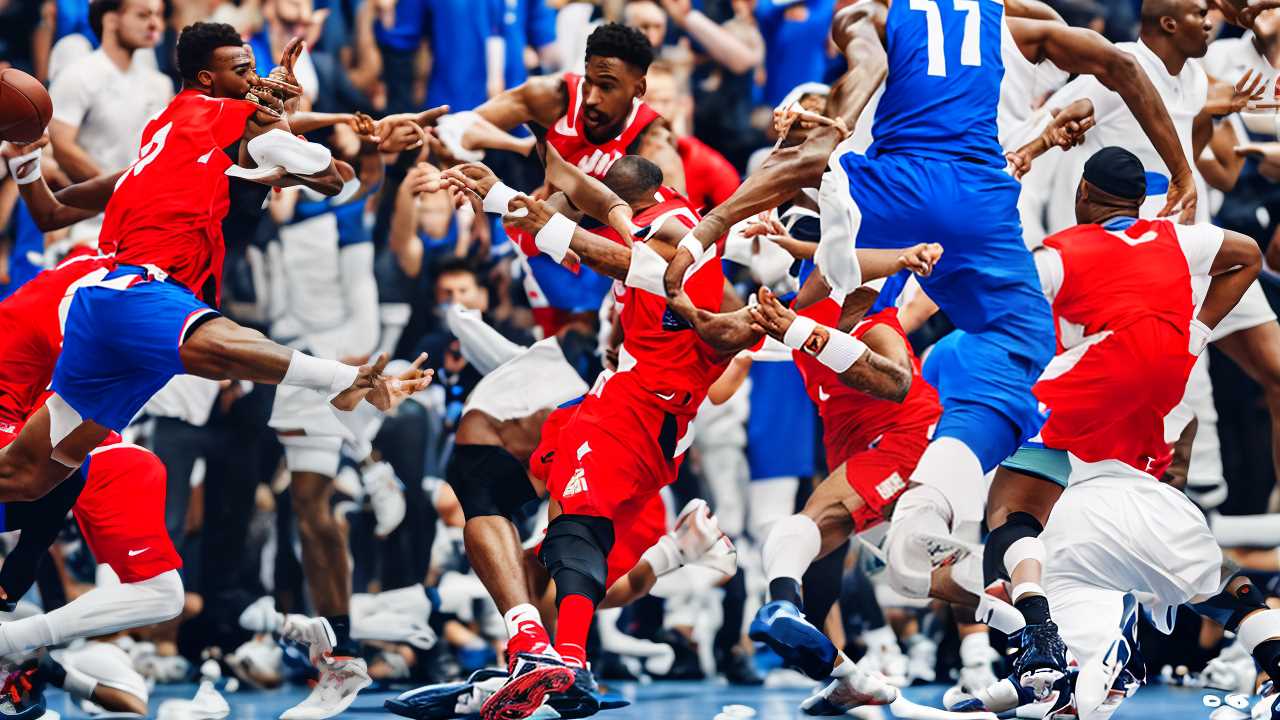
Understanding Reaction Time in Sports
Reaction time is a crucial aspect of performance in many sports. It refers to the time it takes for an athlete to respond to a stimulus, such as the sound of a starting gun or the movement of an opponent. In fast-paced sports like basketball, tennis, and football, having a quick reaction time can give players a significant advantage over their competitors. By improving their reaction time, athletes can respond more quickly to changing game situations, make split-second decisions, and execute plays with greater precision and effectiveness.
Developing Agility and Reflexes
One of the key factors in improving reaction time is developing agility and reflexes. Agility refers to an athlete's ability to change direction quickly and efficiently, while reflexes refer to the automatic responses of the body to stimuli. To improve agility and reflexes, athletes can incorporate various drills and exercises into their training regimen. These may include speed drills, such as shuttle runs and cone drills, which help improve footwork and change of direction. Plyometric exercises, such as box jumps and bounding, can also help develop explosive power and quick reflexes.
Enhancing Hand-Eye Coordination
Another important aspect of improving reaction time is enhancing hand-eye coordination. This refers to the ability of the eyes and hands to work together in a coordinated manner to perform a task. In sports like tennis and baseball, having good hand-eye coordination is essential for making quick, accurate shots and catches. To improve hand-eye coordination, athletes can practice drills that involve catching or hitting moving objects, such as catching a tennis ball or hitting a pitched baseball. Juggling and other coordination exercises can also be beneficial.
Improving Visual Acuity
Visual acuity, or the ability to see clearly and quickly process visual information, is another key factor in improving reaction time. In fast-paced sports, athletes need to be able to quickly identify and respond to visual cues, such as the movement of an opponent or the trajectory of a ball. To improve visual acuity, athletes can perform exercises that challenge their visual processing skills, such as reading numbers or letters on a moving object or identifying patterns in a rapidly changing display. Eye exercises, such as focusing on distant objects and then near objects, can also help improve visual acuity.
Developing Mental Focus and Concentration
In addition to physical skills, improving reaction time also requires developing mental focus and concentration. Athletes need to be able to maintain a high level of focus and alertness throughout a game or competition, even in high-pressure situations. To improve mental focus, athletes can practice mindfulness and meditation techniques, which can help them stay centered and focused in the present moment. Visualization exercises, in which athletes mentally rehearse game situations and responses, can also be helpful in developing mental focus and improving reaction time.
Putting It All Together
Improving reaction time in sports requires a combination of physical and mental skills. By developing agility, reflexes, hand-eye coordination, visual acuity, and mental focus, athletes can respond more quickly and effectively to the challenges of their sport. Incorporating specific drills and exercises into their training regimen, as well as practicing mindfulness and visualization techniques, can help athletes improve their reaction time and perform at their best when it matters most. With dedication and consistent practice, any athlete can improve their reaction time and take their game to the next level.


